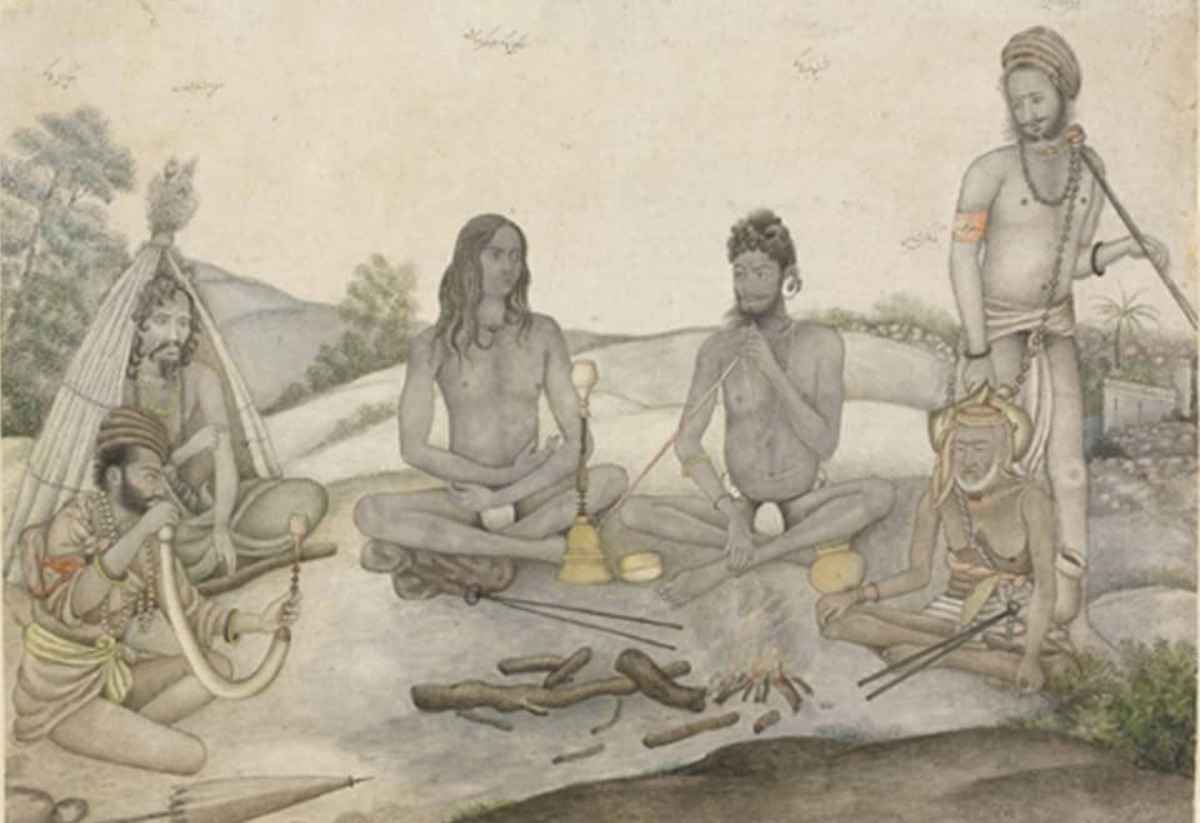Yoga, now practiced worldwide and honored annually on International Yoga Day, is far more than a physical discipline. Its roots run deep into the spiritual and philosophical soil of ancient India. While popularly cited as a 5,000-year-old tradition, the origins of yoga remain elusive and complex, shaped by archaeology, literature, and evolving cultural narratives.
Tracing the Origins of Yoga Through Archaeology
Two major archaeological discoveries have contributed to the discussion about the origins of yoga:
- Indus Valley Seal (circa 2,500–2,400 BCE): This artifact depicts a seated figure, possibly in a yogic posture. While some interpret it as an early representation of yoga, others argue it may simply reflect a common seated pose found across South Asian cultures.
- Balathal Skeleton (circa 700 BCE): Unearthed in Rajasthan, this skeleton was found in a pose resembling samadhi (deep meditative absorption). Unlike the seal, the skeletal posture presents more concrete evidence of meditative practice, hinting at the ancient roots of yoga.
Though compelling, these findings don’t offer conclusive proof but do provide glimpses into early yogic traditions.
Ancient Textual Insights
The word “yoga” appears in early Vedic texts (1,500–500 BCE), but its use differs significantly from contemporary understanding. In the Mahabharata (300 BCE–300 CE), yoga is often framed in philosophical and ascetic contexts. The Upanishads also reference yoga as a spiritual practice intertwined with liberation.
Scholars note that some elements of yoga might have been adopted or adapted by non-Vedic traditions, such as Buddhism and Jainism, where meditative and ascetic practices played a central role. This pluralistic lineage emphasizes the diverse influences on the origins of yoga.
The Systematization by Patanjali
A major milestone in the evolution of yoga was the compilation of the Yoga Sutras by Maharishi Patanjali around 350 CE. This foundational text systematically outlined the philosophy and practice of yoga across eight limbs (ashtanga yoga), providing structure and coherence.
Modern yoga philosophy largely draws from Patanjali’s teachings, making this text the cornerstone of what many consider the classical phase in the evolution of yoga.
Why Tracing the Origins of Yoga Is So Difficult
Establishing a linear history of yoga is inherently difficult due to differing historiographical approaches:
- Western historical methods emphasize empirical records and chronological precision.
- Indian traditions often blend spiritual myth, oral history, and lived practice, making it harder to extract objective timelines.
As a result, most ancient texts illuminate how yoga was practiced and perceived, but not when or how it exactly originated.
A Living Tradition: The Cultural Evolution of Yoga
Yoga is not a relic of the past—it is a living tradition that continues to transform. Over centuries, it absorbed and integrated elements from various philosophical, religious, and cultural streams. Its adaptability is one of its defining strengths.
From spiritual discipline to physical wellness practice, yoga’s journey mirrors the broader dynamics of Indian civilization. The origins of yoga, therefore, are not confined to one place or time but represent a rich tapestry of evolving ideas and experiences.



